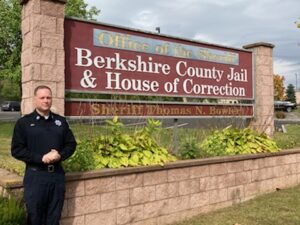
By Gina Mayfield
On a Friday afternoon, just an hour or two before he’d clock out for the weekend, Deputy Sheriff Jason Roy patrolled the outer perimeter of the Berkshire County Jail in Pittsfield, Massachusetts.
“I happened to have our county dispatch radio on and was just listening to calls come in,” Jason says. “On one particular call, I heard the address given: 465 Cheshire Road. I was at 467 Cheshire, literally seconds from that location.”
Then came the details: One vehicle accident. Airbags deployed. Unconscious operator.
Jason immediately headed in that direction, hoping to do what he could — maybe help direct traffic — while the fire department, EMTs and police worked the scene. But he arrived to find three bystanders pulling a man from a car. He was unconscious but breathing. Jason put his car in park as he directed the bystanders to roll the man on his side, in the recovery position.
That’s when everything changed.
“He’s not breathing anymore,” yelled the bystanders.
They rolled the man on his back and ripped open his shirt knowing that an AED was on its way.
“He’s gray and there’s no pulse,” Jason says. He begins compressions and thinks to himself, I’m going to give you compressions until you’re a pancake or you come back. You’re not going to die, you’re going to live. You’re not going to die on me right here. This is not how it’s going to happen. There’s no way.
“I’ve never done this before, responded to this type of situation where I’ve had to do CPR. This is my very first time,” he says. But it’s what he has done that makes all the difference. “I’ve had 21 years of CPR training. Every year all of our employees at the Sheriff’s Office, whether we’re uniformed or civilian staff, have the same exact CPR training, the American Heart Association’s Basic Life Support program.”
The fire department and EMTs arrive and begin administering shocks using the AED.
“I’m standing just beyond them, and I look up and see the Assistant Deputy Superintendent of our training, then I see our Sheriff behind him,” Jason says. “They saw the training in action. This is what we do on paper. This is what we do in the classroom with our CPR training, manikins and training AEDs. All of the scenarios that we practice and drill for is so that at moments like this we can have the best possible outcome.”
That’s what they got in that moment, the best possible outcome. As they loaded the man on the ambulance, Jason quickly popped his head in and asked an EMT, “Is he breathing?” Not only was he breathing, the EMT said, but they had gotten a pulse. Off they went to the hospital.
The Fire Chief said to the Sheriff, “Wow, because of your officer’s response, those early compressions and CPR, that’s why that man’s breathing right now. That’s why we got him back.”
In retrospect, Jason remembers that during his CPR classes the instructors always said, “When you actually have to respond a call, you’re going to revert to your training. What you’re doing here in the classroom — what you practice; what you read; the physical, real application tests you take with the manikins and the AED — you’ll flip that switch and do it.”
But after 20-plus years of sitting in a classroom and hearing that, Jason began to wonder, What are the chances of this happening to me?
But when his time came, he learned the instructors were right. “It just clicked. There was never any doubt. I knew what to do. I just flashed back to the training,” he says.
In the days that followed the congratulations poured in, some from coworkers and colleagues who had listened to the radio call in real-time. Then came a formal Commendation from The Commonwealth of Massachusetts, Berkshire County Sheriff’s Office that read, in part, “Your vigilance, situational awareness and adherence to your training undoubtedly saved the life of this individual.”
“I did what anybody else who would have heard that call or driven by that scene would have done if they were a Sheriff’s employee. I’m confident they would have pulled over, even if they didn’t have a radio, even if they were off duty or just a civilian,” Jason says. “That’s what we do at the Sheriff’s Office here. Every one of our employees could have done, and is trained to do, what I did.”
Visit our Hands-Only CPR webpage to learn the two easy steps to save a life and check out the AHA Basic Life Support page to learn more about this course.
